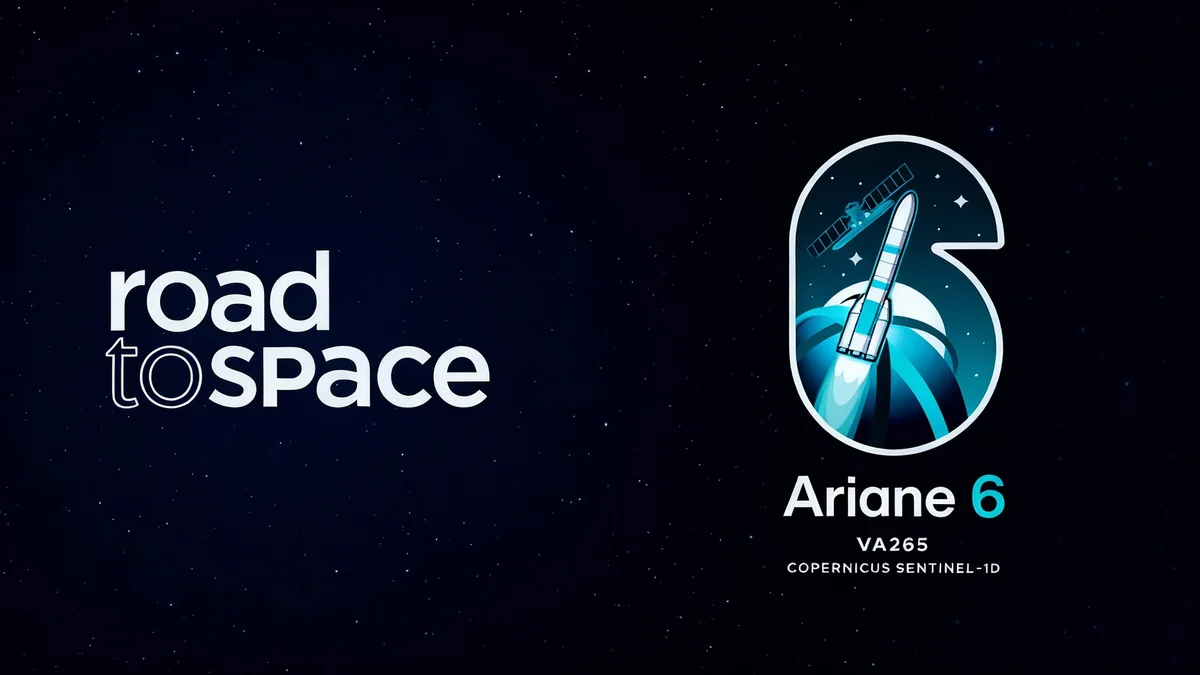A Florida-based aerospace startup has successfully transmitted a record amount of electricity wirelessly over a long distance, a significant step toward creating a power grid in space. Star Catcher Industries used a high-power laser system to beam 1.1 kilowatts of energy to a set of solar panels more than a kilometer away.
The demonstration, which took place last month at NASA's Kennedy Space Center, marks a pivotal moment for the company's ambition to recharge satellites in orbit, potentially revolutionizing how space-based assets are powered and operated.
Key Takeaways
- Star Catcher Industries transmitted 1.1 kilowatts of power wirelessly, a new record for a non-governmental entity.
- The test used lasers to send energy over 1 kilometer to standard solar panels at NASA's Kennedy Space Center.
- The company aims to build an "orbital power grid" to recharge satellites on demand, extending their operational life.
- Star Catcher is preparing for a Series A funding round and plans an in-space demonstration as early as 2026.
A New Milestone in Power Beaming
Star Catcher Industries has achieved a major technological feat in the field of wireless power transmission. During a multi-day test campaign in Florida, the company successfully converted laser light into 1.1 kilowatts of usable electricity at a distance exceeding one kilometer. This achievement surpasses the previous record set by the U.S. Defense Advanced Research Projects Agency (DARPA).
The tests were conducted on the historic shuttle landing facility at NASA's Kennedy Space Center, providing the necessary space to prove the technology's long-range capabilities. Over the course of the trials, the company beamed a total of more than 10 megajoules of energy.
This ground-based success is a critical validation of the company's core technology, which it plans to adapt for use in space.
What is Power Beaming?
Wireless power beaming, or wireless power transmission, is the process of sending electrical energy from a power source to a receiver without using traditional wires. In this case, Star Catcher converts electricity into highly focused beams of laser light, which are then aimed at a receiver—in this case, solar panels—that converts the light back into electricity.
The Vision for an Orbital Power Grid
The ultimate goal for Star Catcher is to eliminate a fundamental constraint for satellites: reliance on direct sunlight. Currently, most satellites depend on their own solar panels, which are useless when the satellite passes into Earth's shadow. This forces operators to carefully manage power, often shutting down non-essential systems during these periods.
Star Catcher envisions a fleet of dedicated power-beaming spacecraft that would act as an orbital grid. These satellites would collect solar energy and relay it via laser to customer satellites, effectively acting as a mobile charging station in space.
"When we were doing 3D printing at Made in Space, for example, there were missions that we were designing where we were talking about turning the 3D printer off in the middle of a print because of a lack of power availability," explained Andrew Rush, Star Catcher's founder and CEO.
Rush, who previously led the in-space manufacturing company Made in Space before its acquisition, sees consistent power as the key to unlocking new capabilities. More available energy could enable more powerful direct-to-device communications, orbital data centers, and advanced in-space manufacturing.
By the Numbers
- 1.1 kW: Converted electricity delivered in the test.
- 1 km: Distance the power was beamed.
- $22.9 Million: Funds raised in the company's initial seed round.
- $50 Million: Value of contracts already signed with potential customers.
From the Ground to Orbit
Before taking its technology to the former shuttle runway, Star Catcher conducted a smaller-scale demonstration in March at EverBank Stadium, home of the NFL's Jacksonville Jaguars. The recent NASA tests represent a significant increase in both power and distance.
During the October trials, the company also showcased the technology's versatility by successfully powering the batteries of a prototype lunar rover developed by Intuitive Machines. The rover was then able to drive around the test area using the wirelessly transmitted energy.
Next Steps for Star Catcher
With this successful ground demonstration complete, Star Catcher is turning its attention toward space. The company is now preparing to launch its Series A funding round to finance the next phase of development.
The roadmap includes several key milestones:
- In-Space Demonstration: The first orbital trial of the technology is planned for 2026.
- Demonstration Satellite: A test satellite is slated to fly on a SpaceX rideshare mission, potentially as soon as next year.
- Commercial Operations: The company is building on strong initial interest, having already secured over $50 million in contracts with future customers.
If successful, Star Catcher's orbital power grid could become a fundamental piece of infrastructure for the growing space economy, ensuring that satellites and other assets have the energy they need to operate continuously and perform more demanding tasks.





